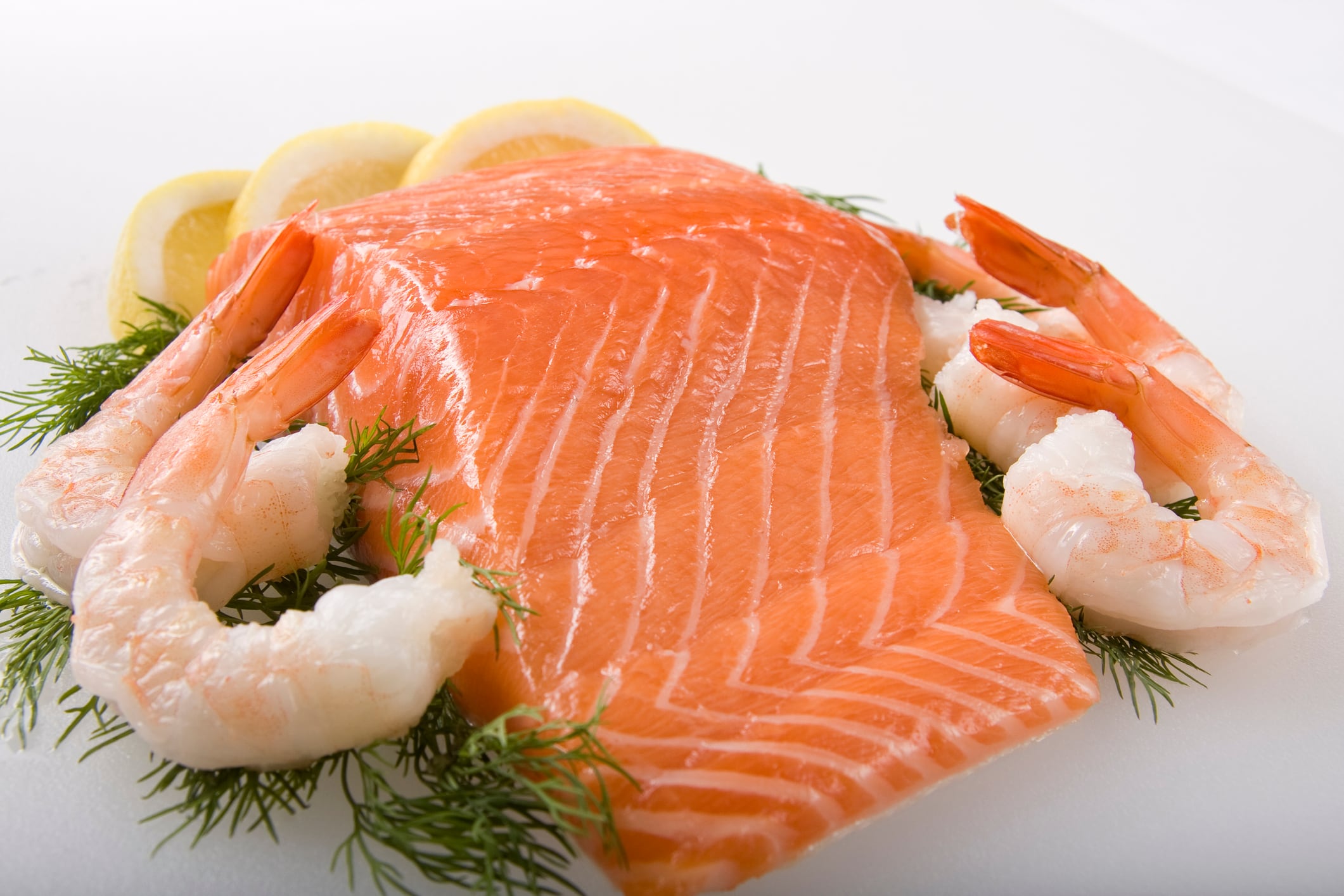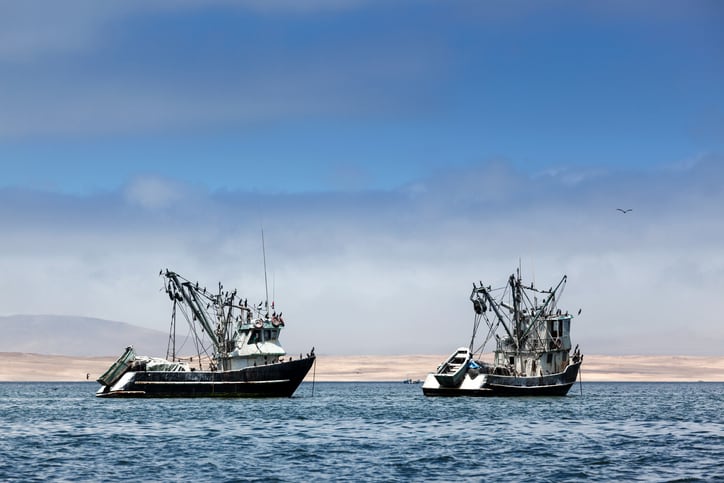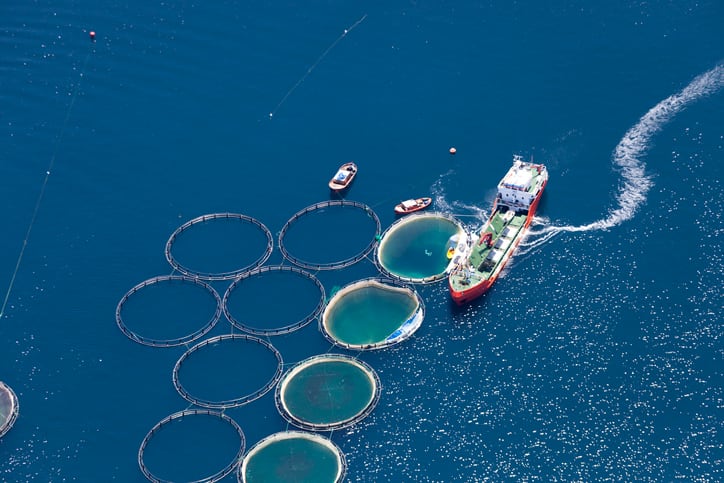Rabobank’s newly released global animal protein outlook reveals cautious optimism as regards aquaculture market growth.
The forecast increase for Asian shrimp output is driven by better prices and reduced costs after a period of low profitability. Gradual demand recovery in the US and EU is expected to encourage farmers to restock ponds, though competition from Ecuador in these markets could constrain growth for Asian producers.
While the US and European markets show signs of recovery, China’s market remains challenging. Since February 2024, China’s shrimp import volumes and values have declined monthly. Prolonged uncertainty in China’s economic outlook may continue to weaken shrimp demand into 2025, according to the report.
Biological challenges for salmon
The global salmon market will remain tight in 2025, with an anticipated 3.5% year-on-year growth, claim the seafood market specialists.
Although production improved slightly in 2024, growing by just 1-2%, the industry faced significant biological challenges, particularly in Norway, the world’s largest producer.
Rabobank analysts expect strong salmon prices to persist this year.
“Looking ahead, we remain cautiously optimistic about production growth in 2025, forecasting a supply increase of 3% to 4% year-on-year. However, the constraints that Norwegian farmers may face, including ongoing sea lice pressure and low vaccination rates for winter sores, temper our optimism.”
High lice pressure in Norwegian waters during the summer could increase mortality rates.
Meanwhile, Chile’s low biomass levels at the start of 2024 and 2025 remain a concern, but cooler water temperatures may improve biological conditions, reducing mortality rates and boosting harvest weights. This could result in a supply increase of 1% to 2%, maintain the analysts.
Fishmeal supply
A normalized fishmeal supply and soybean meal surplus may drive a partial price correction in fishmeal. “Despite a favorable quota announced [in Peru], fishmeal remains relatively expensive compared to soybean meal, suggesting that a mild price correction is still possible for 2025.”
Price relief for feed and forage will slow in 2025. Sustained growth in feedstocks is essential for significant price reductions, but weather and geopolitical uncertainties may continue to disrupt commodity markets, note the team.





